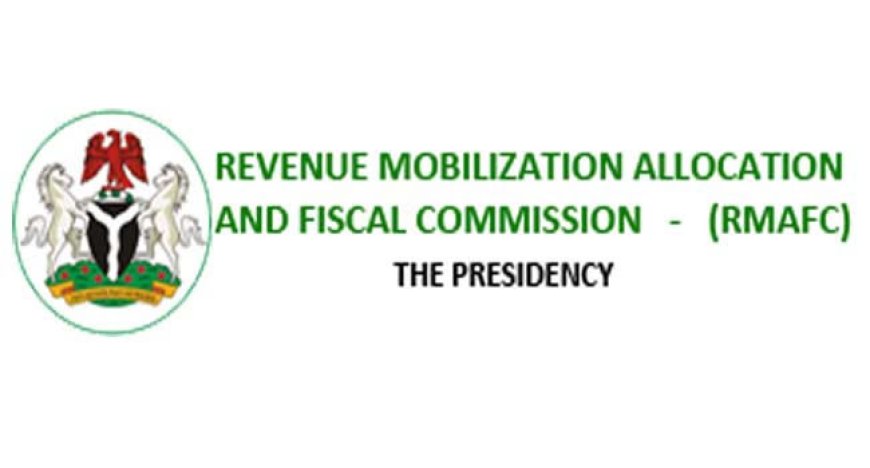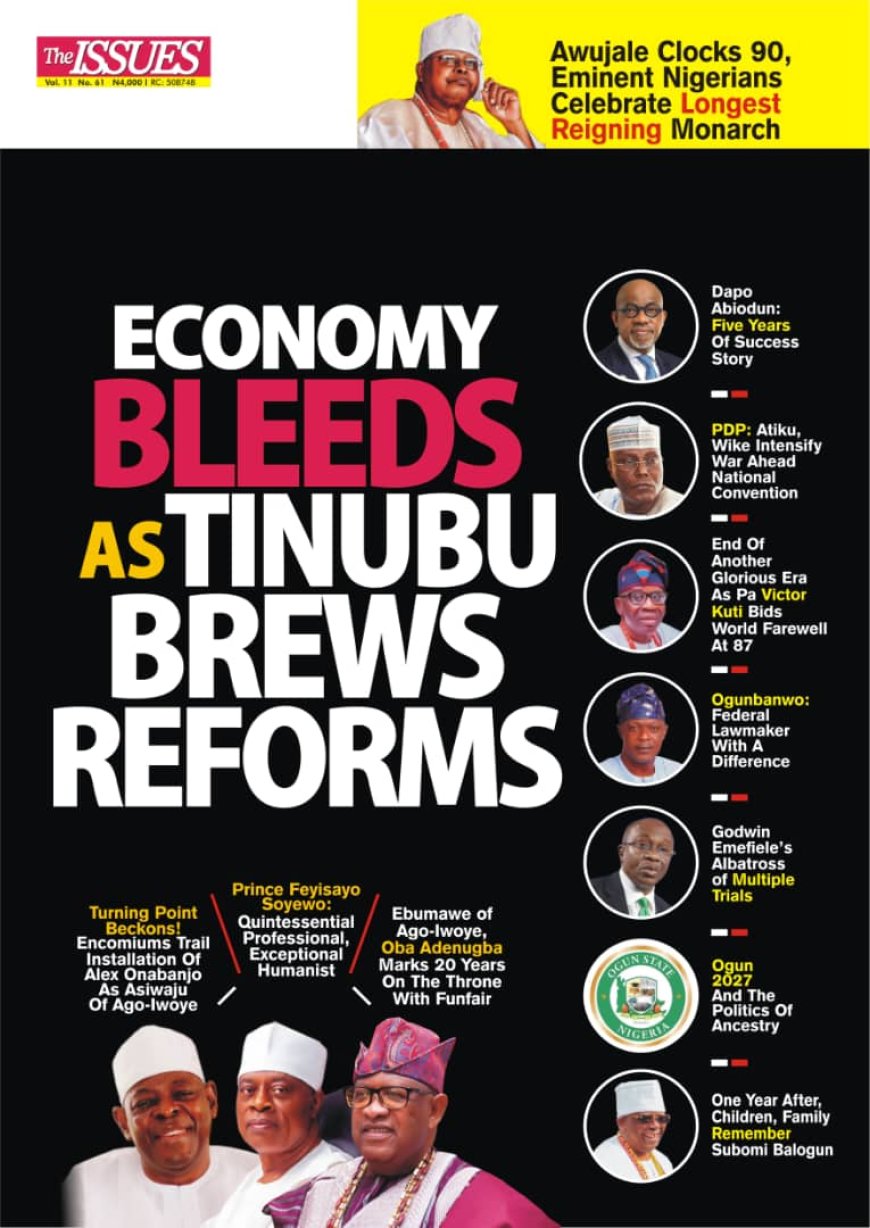RMAFC begins fresh review of revenue-sharing formula

The Revenue Mobilisation Allocation and Fiscal Commission has commenced a fresh review of Nigeria’s revenue allocation formula among the federal, state, and local governments, more than three decades after the last adjustment.
Chairman of the commission, Mohammed Shehu, announced this on Monday at a press briefing in Abuja, describing the exercise as “long overdue” given the country’s shifting economic and political realities.
He explained that the review seeks to produce a “fair, just, and equitable” formula that reflects the constitutional responsibilities, financial needs, and capacities of the three tiers of government.
At present, revenue distribution stands at 52.6 per cent to the Federal Government, 26.7 per cent to states, and 20.6 per cent to local councils, while one per cent each is reserved for the Federal Capital Territory, ecological fund, natural resources, and stabilisation fund.
Citing Paragraph 32 (b), Part I of the Third Schedule of the 1999 Constitution (as amended), Shehu reminded stakeholders that RMAFC is mandated to “review, from time to time, the revenue allocation formulae and principles in operation to ensure conformity with changing realities.”
“In line with this constitutional responsibility and in response to the evolving socio-economic, political, and fiscal realities of our nation, the commission has resolved to initiate the process of reviewing the revenue allocation formula to reflect emerging socio-economic realities,” he said.
The RMAFC boss noted that amendments by the Ninth National Assembly, which transferred functions such as power, railways, and correctional services to the Concurrent List, had significantly increased fiscal and administrative burdens on state governments
According to him, a new sharing arrangement was crucial to strengthen fiscal federalism, reduce overdependence on the centre, and promote fairness and sustainability.
Shehu assured that the review would be comprehensive, transparent, and data-driven, with wide consultations involving the presidency, national assembly, governors, local government officials, civil society, traditional rulers, the private sector, and development partners.
“The commission is also committed to integrating cutting-edge research, empirical data, and international best practices in its analysis,” he added.
About three years ago, the commission had presented the report of the review of the vertical revenue allocation formula to the former President Muhammadu Buhari.
In the report presented by the former Chairman of the commission, Elias Mbam, in 2022, it was noted that the proposed vertical revenue allocation formula advised 45.17 per cent for the Federal Government, 29.79 per cent for state governments and 21.04 per cent for the local governments.

 admin
admin 


